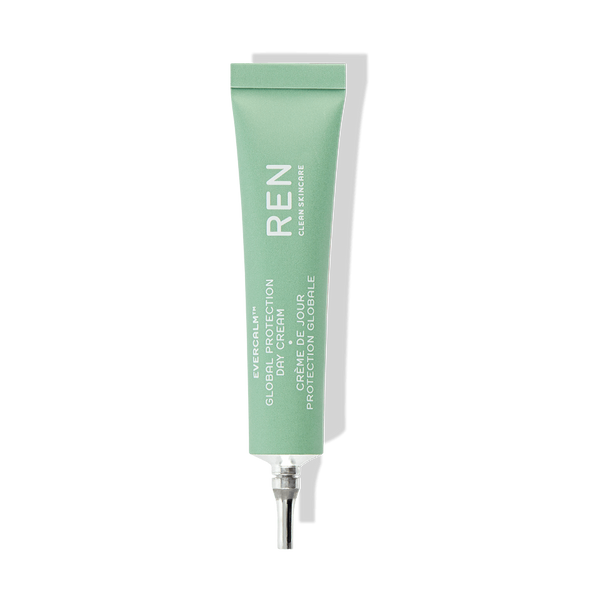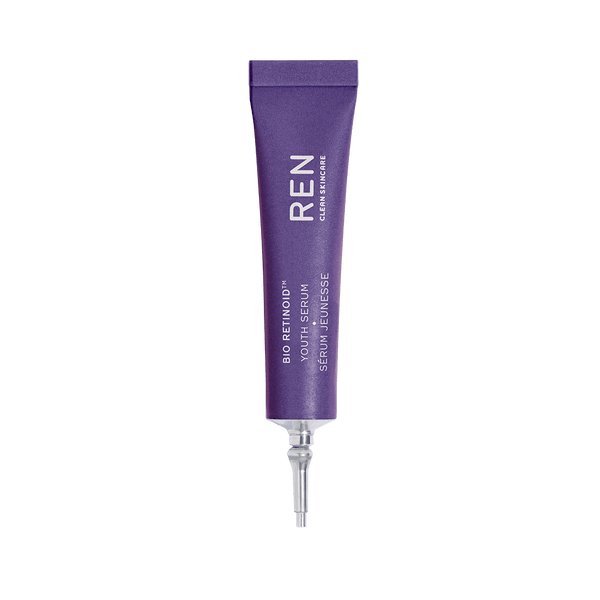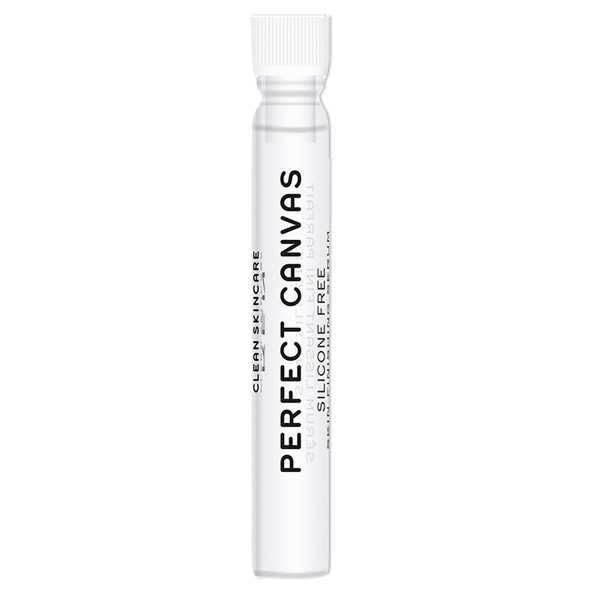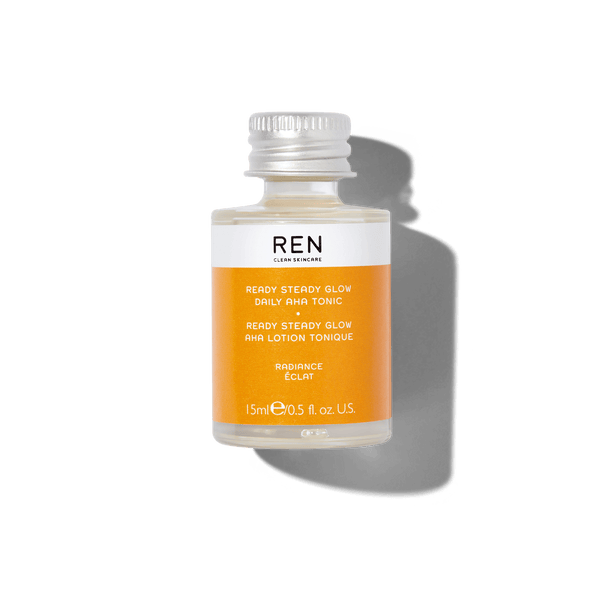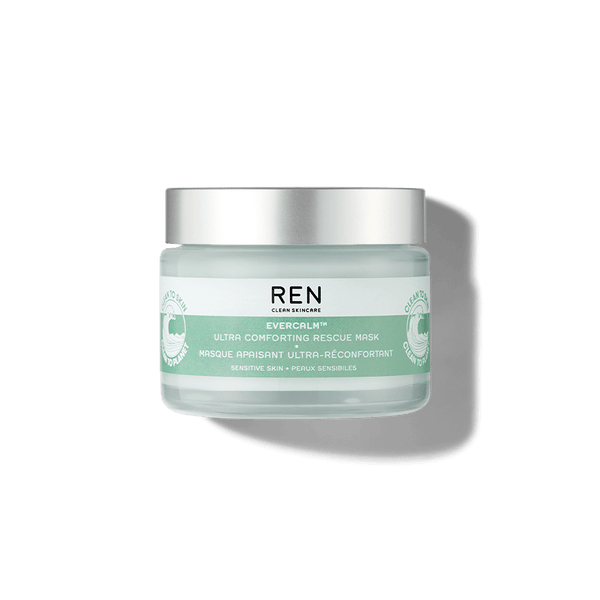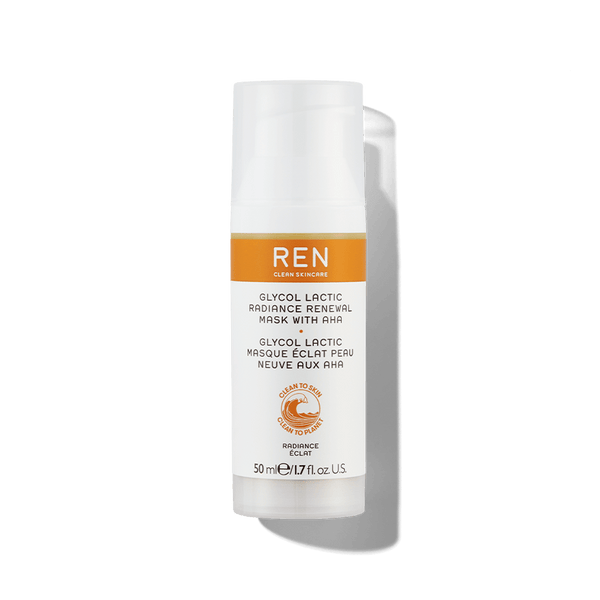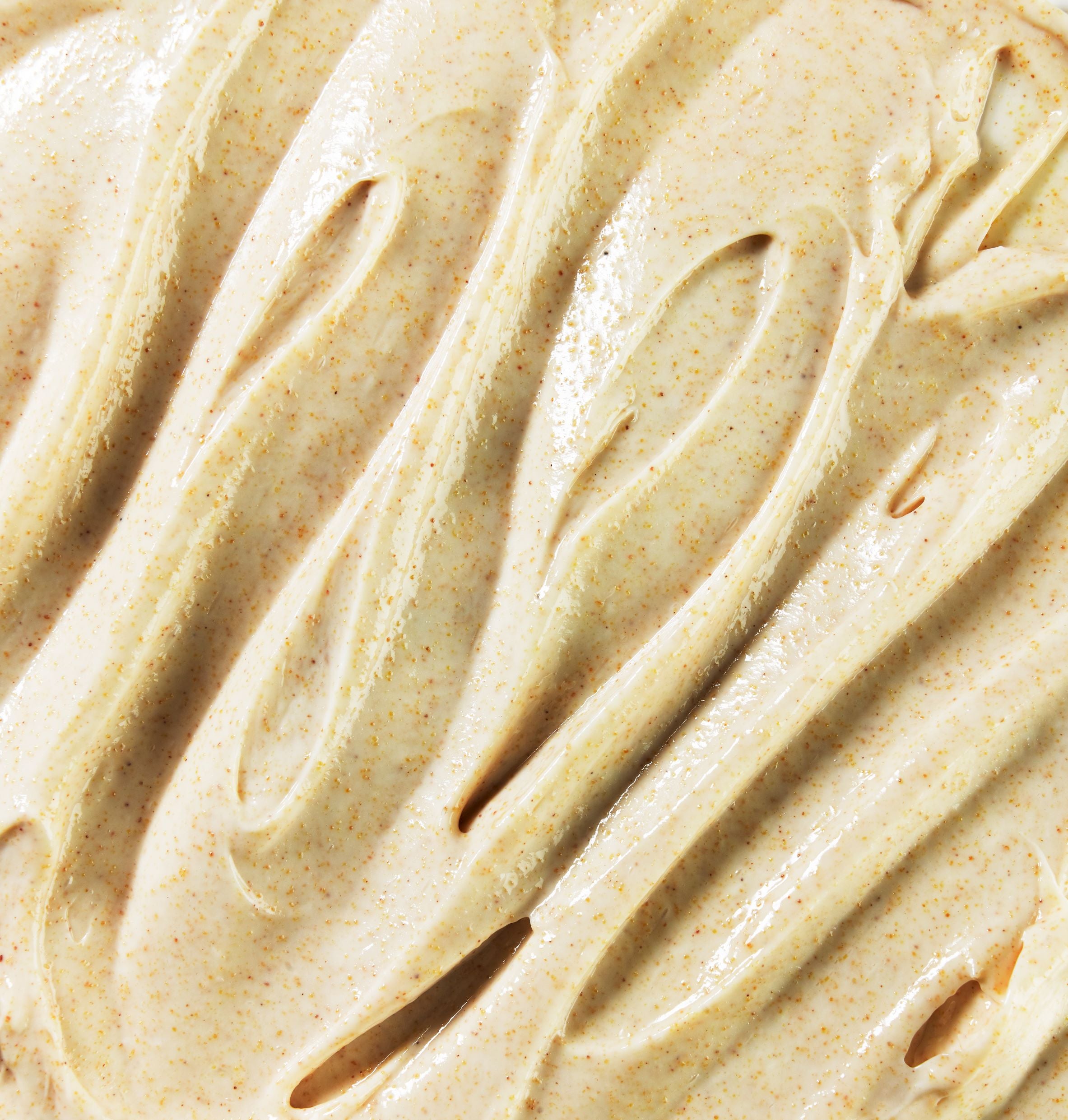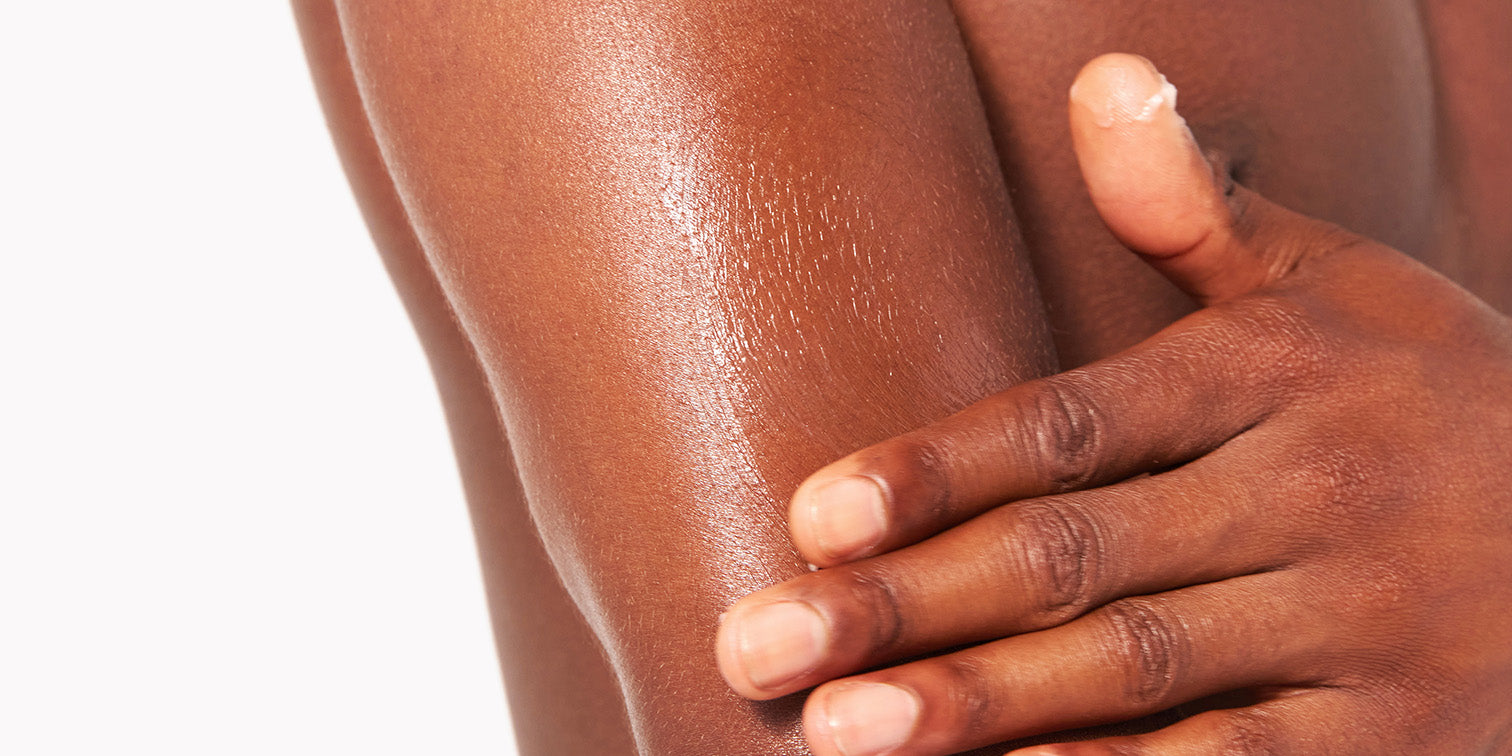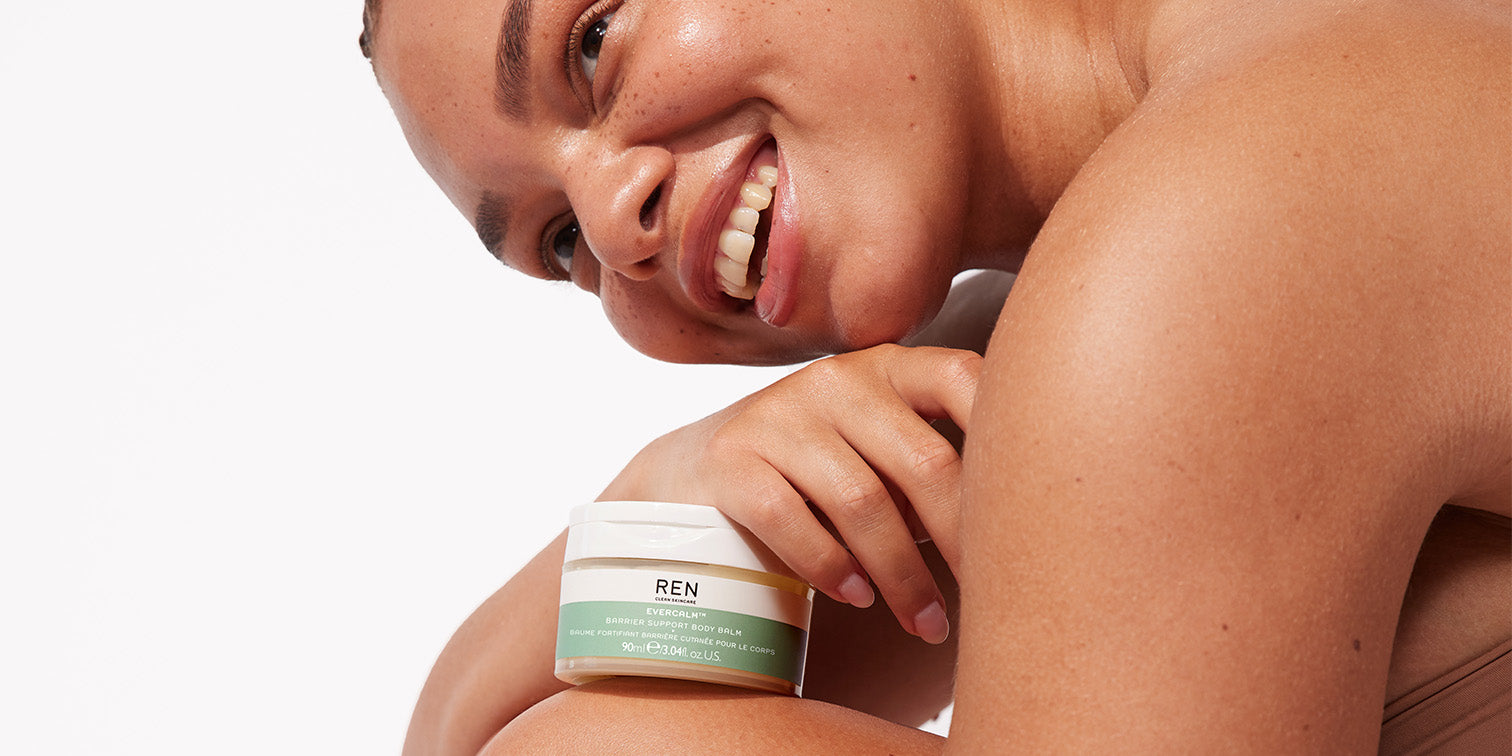Retinol vs. Retinoid: What's the Difference?

Wondering what the difference between retinol and retinoid is? You’re not alone. These powerful skincare ingredients are commonly found in everything from anti-aging serums to anti-blemish products, but knowing which one you are using can impact the results you see—and you will see results.
Here, we will describe the key differences between retinol, retinoids and even bio-retinoids (a plant-dervied alternative) so you can better understand how these ingredients work and which one will work best for you.
What is a Retinoid?
It will be helpful to define each of these ingredients before we jump into their key differences. So, what is a retinoid in skincare? Well, it is most commonly referred to in its plural form, retinoids because it’s an overarching term for a group of chemicals derived from vitamin A. One of those chemicals is retinol. Yep, retinol is actually a type of retinoid. And while all retinol is a retinoid, not all retinoids are retinol.
Let’s dive into the chemistry a little to uncomplicate this. Retinoid contains retinoic acid, which is a potent and active form of Vitamin A. Pure retinoic acid is the strongest of these types and directly affects the skin, which is why it is only available through a prescription. On the other hand, retinol is the weakest of these types because it has to first be processed by enzymes in the skin to convert into retinoic acid. The conversion from retinoid to retinoic acid happens in all retinoids except pure retinoic acid. The different forms of retinoids are simply at different stages of the conversion process; the farther along they are, the stronger they are.
What is Retinol?
So, we know retinol is a type of retinoid, but what is it? Retinol contains the smallest amount of retinoic acid and is the weakest type of retinoid, but because it is less intense than other retinoids, it is the most common type of retinoid used in over-the-counter products. So, instead of needing to visit the derm to take home a prescription-strength retinoid, you can simply shop your favorite beauty retailer for a retinol product.
It may be weaker, but it is more readily available and easier to use than prescription-grade retinoids and still effective. In fact, retinol is highly effective, just on a more gradual timetable. Keep reading to discover how it stands up next to “stronger” types of retinoids.
What is Bio-Retinoid?
Bio-retinoid is not related in any way to vitamin A, but has a retinoid-like effect on the skin that can reduce the appearance of fine lines and wrinkles. It also tends to be gentle on the skin, making it the perfect skin care ingredient to incorporate into your routine if you have sensitive skin. At REN Clean Skincare, we use a plant-derived alternative to retinoid called Bidens Pilosa, which helps to reduce the appearance of fine lines and wrinkles.
Retinol vs Retinoid: Similarities
The key similarities between retinol and retinoids are their benefits. That’s right; you can use both products to reduce the signs of aging, blemishes, dullness, and other skin concerns.
They Both Have Anti-Aging Properties
Products containing retinol or retinoids help reduce the appearance of wrinkles and age spots, leaving skin visibly younger-looking. This is one of the primary reasons people, dermatologists included, seek out these ingredients in their skincare products. It’s been proven too.
Retinol vs. Retinoid: Differences
If both ingredients have the same great benefits, is there a difference between retinol and retinoid apart from their chemistry? Yes. There are a few differences between the two that you should know about, such as:
Potency
Retinol is a less potent form of retinoid. While many retinoids are strong enough to warrant a prescription, retinol can be found in over-the-counter products. Just because retinol is weaker than some other retinoids doesn’t mean it’s less valuable. In fact, for people with sensitive skin, using a retinol-containing product may be more comfortable than using a prescription-strength retinoid.
Results
Because of their varying strengths, the results you can expect from retinol vs. retinoid are also different. Or, we should say, how quickly you will see the results is the main difference. The lower the strength of the retinoid, in this case, retinol, the slower it will work. But it will still work.
Packaging
Another difference between retinol and retinoids is in the packaging. As we mentioned above, “retinoid” can refer to any chemical within the retinoid family. So, while products featuring retinol on the label will contain retinol, you have to do more digging to understand what strength of retinoid is used in a product featuring retinoid on the label. The ingredient label of almost any retinoid product should list the specific form of retinoid used.
Which Ingredient is Right for You?
As long as they stick to the recommended regimen, per a dermatologist for prescription-strength retinoids, or per the instructions for retinol products, anyone can safely use both retinoids and retinol as long as they are not pregnant or breastfeeding.
However, a retinol product can provide great results without a doctor’s note and at often a lower price point. Plus, if you’ve never tried retinoids before, or you have particularly sensitive or dry skin, retinol is the perfect introduction. It’s gentler and more attainable. If you’re still unsure if retinol or another retinoid is suitable for you, talk to your dermatologist about which is the right fit for your skin.
Retinol & Retinoid: How To Use Them
Now that you’ve settled on the right ingredient to help you reap all the anti-aging, radiance-boosting benefits available, you can begin incorporating it into your routine. Here’s how:
Ease Into It
Whether you’re using retinol or another form of retinoid for the first time, you should slowly introduce the ingredient into your routine. We all know that swapping one cleanser, moisturizer, or face serum for another can put a blip in our flawless skin streak, and the same can be true when you add a retinoid or retinol-containing product.
Start our slow and apply retinoid or retinol products once every few days. You can even begin by applying it one night a week and still experience results. Then, if all is going according to plan and you don’t notice any side effects, increase your use to every other day. Continue to increase use as your skin can tolerate it until you apply it as often as the instructions say.
And if you are using other active ingredients in your skincare routine, such as hyaluronic acid, glycolic acid, niacinamide, etc., layer the retinol or retinoid correctly. You should also know which actives should not be paired with retinol or retinoid to avoid skin irritation.
For more guidance, read our guide on how often to apply retinoids.
Apply At Night
Always use any form of retinoid in the evening as the sun can degrade the active ingredient in retinoid products, retinoic acid, thus rendering them ineffective. The exception? Because retinol products contain less retinoic acid than stronger retinoids, they can be worn during the day if, and only if, you apply sunscreen after applying the retinol product.
For a nighttime routine that will leave your skin radiating vitality, check out our line of Bio Retinoid products powered by Bidens Pilosa, our plant-derived alternative to retinoid.
Start by cleansing your face. Then apply Bio Retinoid™ Youth Serum. This serum combines Ceramides and Niacinamide to help firm, even tone and pigmentation, plump, smooth, and improve elasticity. Massage onto your face, neck and décolleté until fully absorbed.
Follow up with Bio Retinoid™ Youth Concentrate Oil. Just warm five drops of it in the palm of your hand and then apply to your skin by gently patting the oil over your face, neck, and décolleté. In addition to the natural retinoid alternative, this oil features Organic Rosehip Oil and Sea Buckthorn Oil to nourish the skin intensely.
Follow it with one to two pumps of Bio Retinoid™ Youth Cream. Massage it over your face and neck, working in upwards and outwards motions until the cream is fully absorbed. This product also features our natural retinoid alternative, as well as Red Algae extract for an instant visible-lift effect, and Olive Leaf extract to help prevent loss of firmness while better protecting the skin from free radical damage caused by environmental pollution.
Sources:
- Advances in Dermatology and Allergology
- What’s the Difference Between Retinol and Retinoid?
- Retinol vs. Retinoids
- https://www.bustle.com/style/does-retinol-help-dark-spots-hyperpigmentation-dermatologists
About the Author
Camille Poggi is a doctor in Pharmacy (PharmD.) and is passionate about skincare and how the skin works in general. She specializes in the cosmetic industry and worked for renowned companies in France like L’Oréal and Chanel before moving to London. After being a training manager for 4 years, Camille is at ease with explaining how products work in the skin and how to adapt her speech according to the audience.
She joined REN in January 2020 as International Training Manager and moved to the Research & Development team earlier this year to be the new Scientific Education Manager. A tailored-made role where she assesses and leads all technical communication and ensures scientific compliance is always met. She’s also involved in new product development from the earliest stages. Finding a way to create sustainable skincare products and making sure the message is properly delivered and understood is definitely a big challenge but also her favourite part working for REN.


